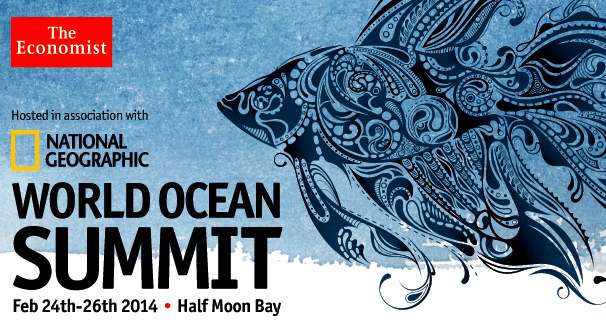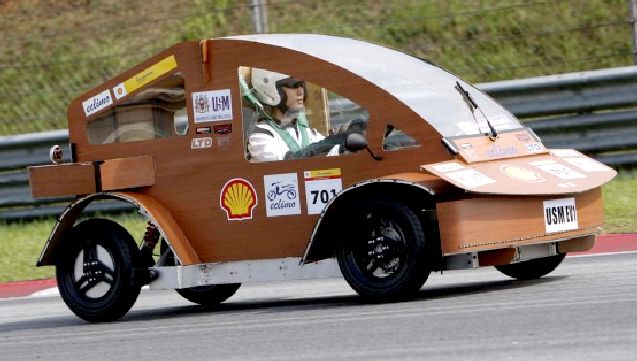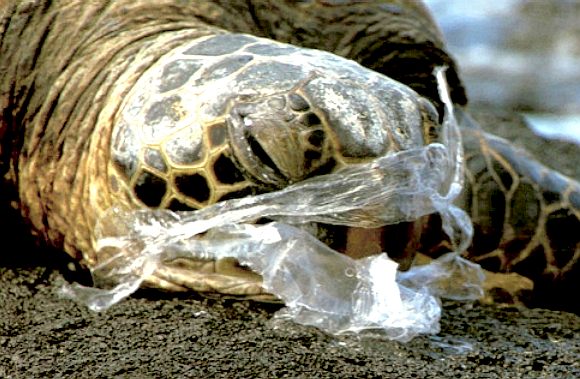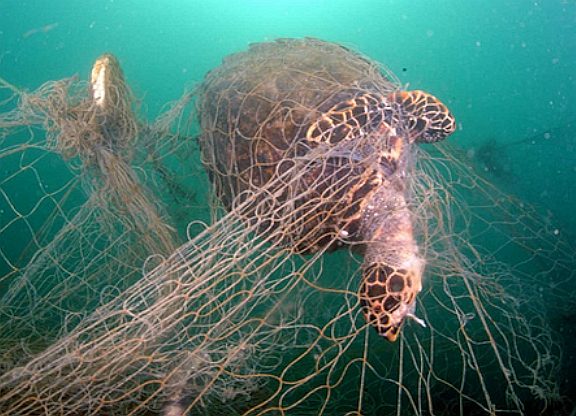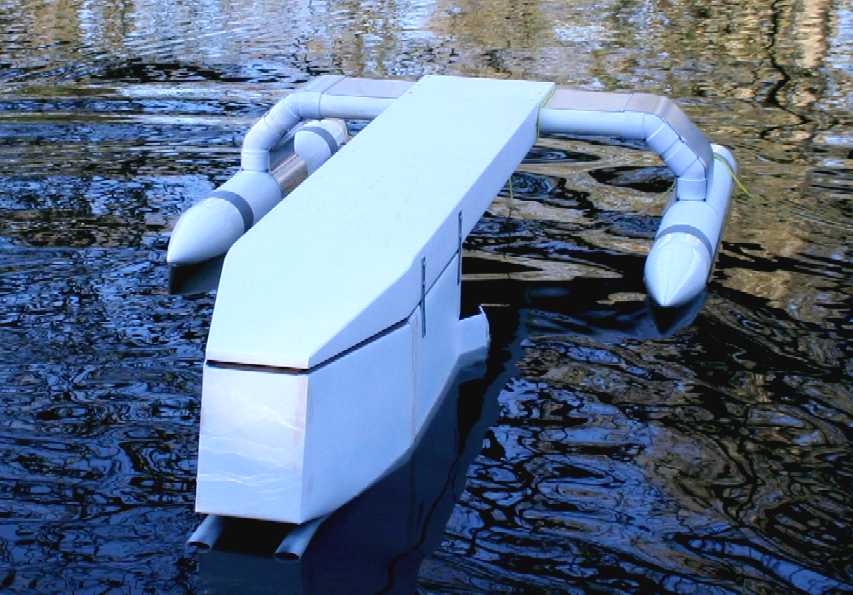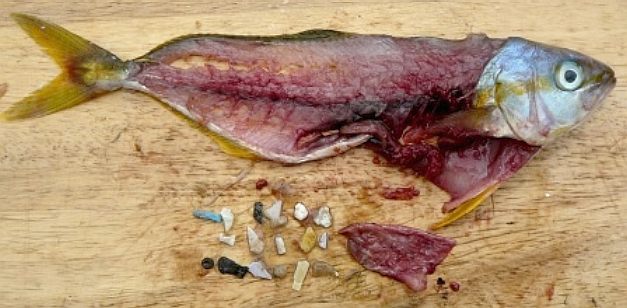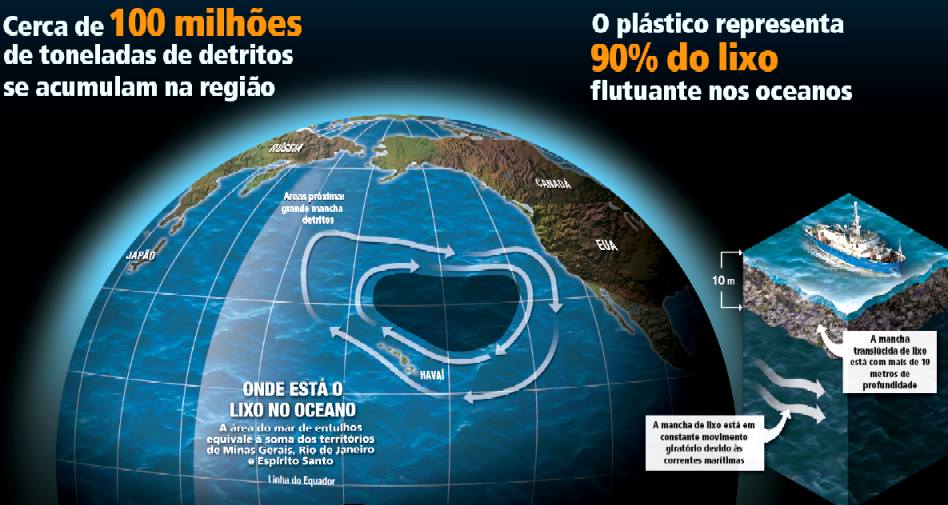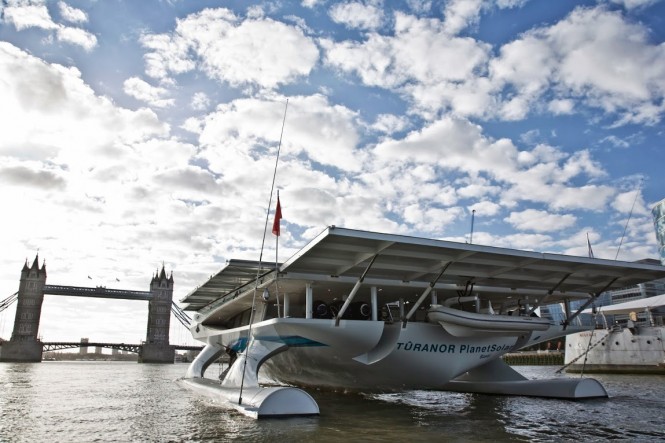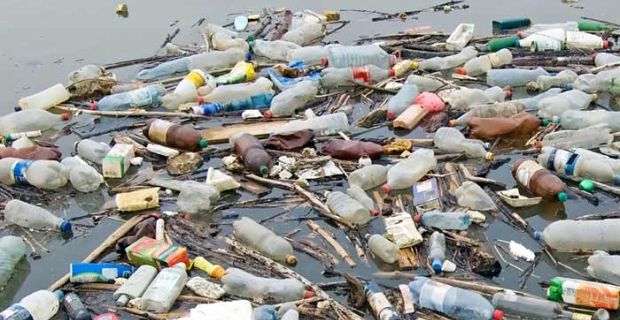|
NATIONAL GEOGRAPHIC
|
||||||||||||||||||||||||||||||||||||||||||||||||||||||||||||||||||||||||||||||||||||||||||||||||||||||||||||||||||||||||||||||||||||||||||||||||||||||||||||||||||||||
|
National Geographic, formerly the National Geographic
Magazine, is the official magazine of the
National Geographic
Society. It has been published continuously since its first issue in 1888, nine months after the Society itself was founded. It primarily contains articles about geography, history, and world culture. The magazine is known for its thick square-bound glossy format with a yellow rectangular border and its extensive use of dramatic photographs.
WORLD OCEAN SUMMIT 2014
National Geographic is working with Google, Blancpain and the Economist to host a prestigious event in California's Ritz Carlton hotel near San Francisco. Join more than 250 leaders from business, government, academia, multilateral institutions and NGOs at the second World Ocean Summit to discuss how economic development and ocean conservation can be reconciled. The conference, hosted in association with National Geographic, offers delegates the opportunity to shape debate about governance of the ocean.
A
wooden electric car stole the limelight at the Shell Eco-Marathon Asia. The
electric car seen above was designed by students from Universiti Sains Malaysia.
It stood out among 119 teams competing in the Asian leg of Eco-marathon in
July 2012, an annual fuel efficiency competition, for its unique choice of body material:
plywood,
for which they needed a carpenter to teach them construction skills.
30th SHELL ECO MARATHON - GREAT ENERGY CHALLENGE - MAY 17 2014
Over 3,000 students from 27 countries compete this weekend in one of the slowest racing competitions in the world. Speed is not the issue in the 30th edition of the Shell Eco-marathon Europe: It’s all about fuel efficiency.
NATIONAL GEOGRAPHIC - THE BEST WAY TO DEAL WITH OCEAN TRASH, APRIL 2014
Tony Haymet, former director of the Scripps Institution of Oceanography, has heard hundreds of ocean cleanup plans. Late at night, over many beers, he's come up with a few dozen of his own. None of them, he says, has seemed likely to work.
That includes this spring's offerings. A Dutch engineering student, Boyan Slat, envisions a contraption with massive booms that would sweep debris into a huge funnel. Songwriter and music producer Pharrell Williams wants to fund the monumental cost of any cleanup by turning recycled ocean plastic into yarn and then clothes.
The challenge is huge. For one thing, the garbage is spread over millions of square miles. For another, it's made up mostly of degraded plastic, broken down by sunlight and waves into tiny bits the size of grains of rice.
"That's what makes it so horrifying," Haymet says. "The micro-plastic is the same size as the stuff living in the water column. How would we ever go out and collect it? So far no one's come up with a plan to separate all the micro-plastic from the living life that's the same size."
In the face of growing criticism, Slat had to back off his optimistic boast that he could clean up the oceans in five years. He posted a notice on his website asking the media and the critics to wait until he finishes his research.
PATENT PENDING - This 'proof of concept' model robot boat is capable of sucking up plastic waste from a body of water, first shredding solids as necessary. A full size version is designed to go out into the ocean gyres and hunt down the floating garbage dumps. It is not a competitor to Boyan Slat's passive system, it is a much needed additional tool in the fight to keep oceans clean and fish stocks healthy. The boat is solar and wind powered, hence autonomous, it is also designed to be used unmanned for the main part, or drone controlled for certain conditions of operation, such as rescuing animals caught in fishing nets.
A high speed version of this robot ship based on a SWASH hull would use no diesel fuel to monitor the oceans autonomously at relatively high speeds 24/7 and 365 days a year - only possible with the revolutionary energy harvesting system. A modular hullform is adaptable for automatic release and recovery of UAVs, ROVs or towed arrays, alternating between drone and fully autonomous modes. This vessel could pay for itself in fuel saved every ten years.
MEANWHILE THE GARBAGE KEEPS GROWING
PLASTIC DIGEST - The gut of this fish reveals that plastic is routinely mistaken for food. All the way up the food chain this is happening, poisoning fish stocks for human consumption.
Charles Moore, who "discovered" the Great Pacific Garbage Patch in the late 1990s and plans a research trip there in July, estimates that altogether the globe's garbage patches contain 200 million tons of floating debris. He came up with the figure based on calculations that 2.5 percent of the world's plastic ends up in the sea.
WORLD RECORD CONTENDER, ZERO CARBON CRUISER (ZCC) - The latest British 'Bluefish' world record contender is 40 meters (130 ft) long and 16.2 meters (52.65 ft) wide in the water. The Bluefish/SNAV platform also has considerably more than twice the power to weight ratio of Planetsolar and an anticipated average speed of 7-8 knots, with a top speed of 18 knots. That will make the Bluefish platform the largest and the fastest solar boat in the world, once it is built. Until then, the PlanetSolar is the world's largest solar powered boat.
ADDRESSING THE PROBLEM
Creating incentives to help reduce littering can be a political challenge. Only one of
Australia's eight main states and territories has a beverage-container deposit law, says Britta Denise Hardesty, who conducted the CSIRO study.
by LAURA PARKER
WORLD RECORD CONTENDER, ZERO CARBON CRUISER (ZCC) - The latest British 'Bluefish' world record contender is 40 meters (130 ft) long and 16.2 meters (52.65 ft) wide in the water. The Bluefish/SNAV platform also has considerably more than twice the power to weight ratio of Planetsolar and an anticipated average speed of 7-8 knots, with a top speed of 18 knots. That will make the Bluefish platform the largest and the fastest solar boat in the world, once it is built. Until then, the PlanetSolar is the world's largest solar powered boat.
LINKS
http://news.nationalgeographic.com/news/2014/04/140414-ocean-garbage-patch-plastic-pacific-debris/ https://www.facebook.com/natgeo http://ngm.nationalgeographic.com/ http://en.wikipedia.org/wiki/National_Geographic_%28magazine%29 http://www.guinnessworldrecords.com/ http://challengers.guinnessworldrecords.com/ http://www.algalita.org/mid-ocean-plastics-cleanup-schemes-too-little-too-late/ Algalita mid-ocean-plastics-cleanup-schemes-too-little-too-late News National Geographic 2014 ocean-garbage-patch-plastic-pacific-debris CBS Solar boat shines light on suns power Worlds-largest-solar-powered-boat-powers-arrives-Britain-spectacular-style.html?ito=feeds-videoxml http://www.mby.com/news/535154/planetsolar-world-s-largest-solar-powered-boat-visits-london http://www.wharf.co.uk/2013/08/worlds-largest-solar-powered-s.html#more The worlds largest SOLAR boat breaks world record crossing Atlantic just 22 days http://www.nytimes.com/2013/06/25/science/solar-boat-harnessed-for-research.html New York Times solar boat harnessed for research http://solar.calfinder.com/blog/solar-politics/solar-boat-lands-cop16/ economic times india ms-turanor-planetsolar-worlds-largest-solar-boat http://oweolar.info/2012/09/page/33/ http://www.newscientist.com/blogs/shortsharpscience/2011/08/solar-powered-yacht-docks-at-h.html http://au.businessinsider.com/oceanographic campaign to study the gulf stream http://marinedebris.noaa.gov/info/patch.html http://www.cbsnews.com/8301-35040_162-57591895/solar-boat-shines-light-on-suns-power/ http://www.planetsolar.org/follow-us/planetsolar-awards http://www.csiro.au/ http://www.ship-technology.com/projects/planetsolar/
Design concept - Raphael Domjan - PROMOTIONAL TOUR 2012 English - Swiss - French - History - Links - Homecoming
The captain of a solar powered ship take on pirate whalers with a $Billion dollars riding on the conclusion.
ACIDIFICATION - ADRIATIC - ARCTIC - ATLANTIC - BALTIC - BERING - CARIBBEAN - CORAL - EAST CHINA ENGLISH CH - GOC - GULF MEXICO - INDIAN - MEDITERRANEAN - NORTH SEA - PACIFIC - PERSIAN GULF - SEA JAPAN STH
CHINA - PLASTIC
- PLANKTON - PLASTIC
OCEANS - SEA
LEVEL RISE
|
||||||||||||||||||||||||||||||||||||||||||||||||||||||||||||||||||||||||||||||||||||||||||||||||||||||||||||||||||||||||||||||||||||||||||||||||||||||||||||||||||||||
|
This website is Copyright © 2015 Bluebird Marine Systems Limited. The names Bluebird™, SeaNet™, SeaVax™ and the blue bird in flight logo are trademarks. All other trademarks are hereby acknowledged.
|
||||||||||||||||||||||||||||||||||||||||||||||||||||||||||||||||||||||||||||||||||||||||||||||||||||||||||||||||||||||||||||||||||||||||||||||||||||||||||||||||||||||

